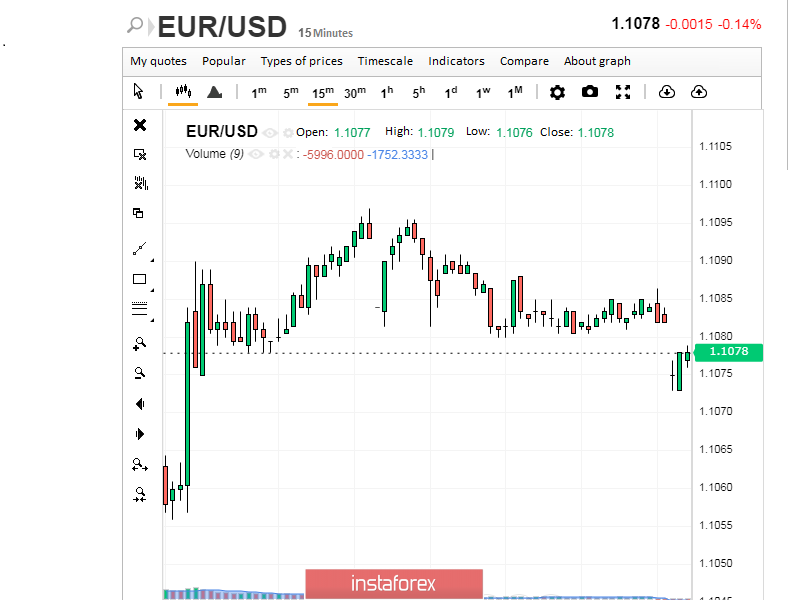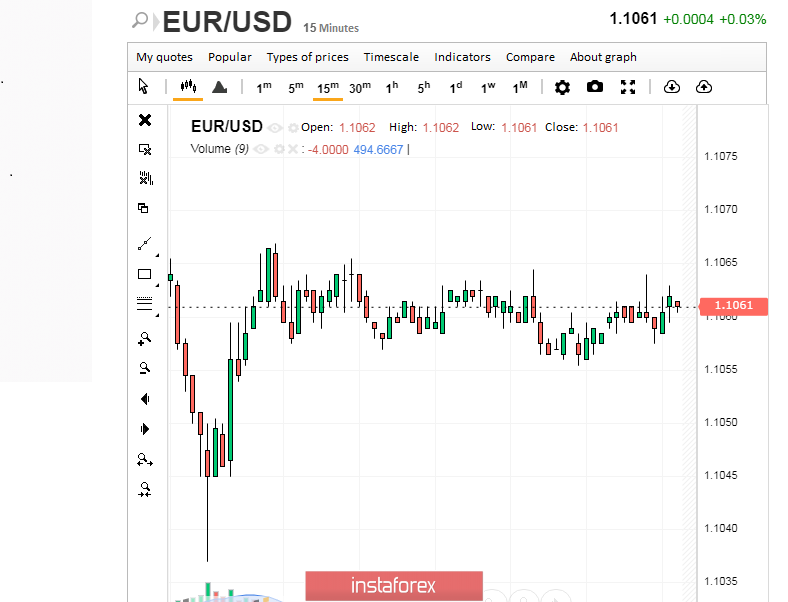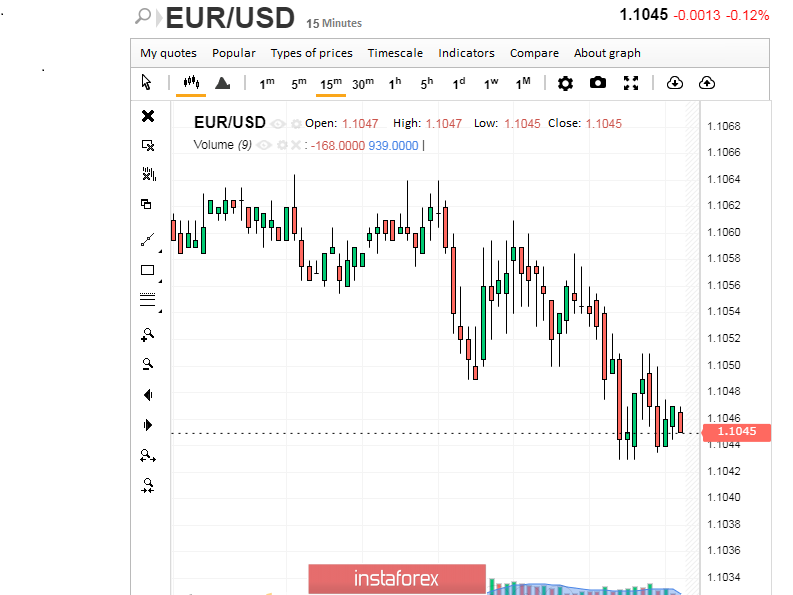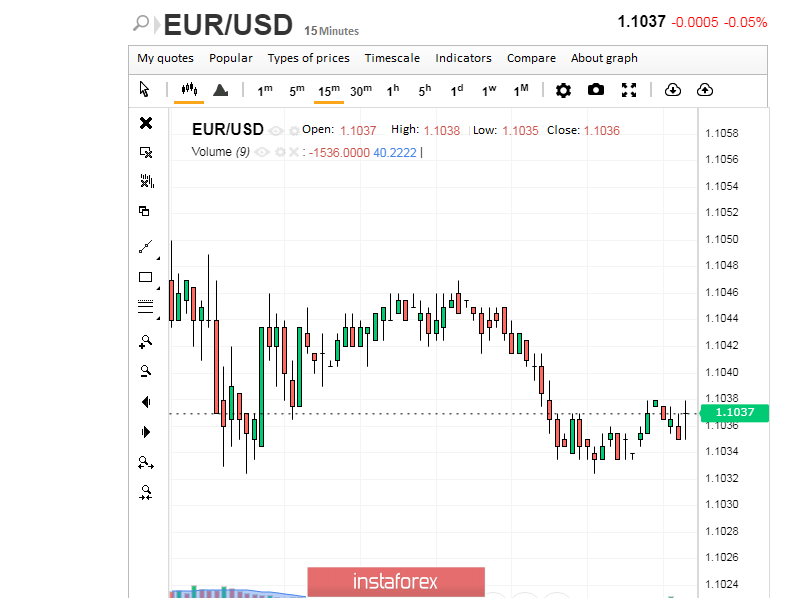
Recently, the European currency has fallen into the background a bit, giving way to the dollar and the pound. However, do not disregard its resistance to negative impacts, experts say. They expect the rise of the single currency in the medium and long term.
Despite the rather optimistic annual forecast, analysts cleared that we should not expect a sharp increase in the euro in the near future. They draw attention to a clear trend towards the current weakening of the single currency. Brexit played a role in this, indirectly influencing the euro sagging. Also, do not forget about the strengthening of the American currency, which squeezed the euro in the EUR / USD pair.
The current demand for greenback is supported by the growth of 10-year bond yields, which soared to 1.589%. On Wednesday, February 5, experts expect the release of a report on the ISM index for the US non-manufacturing sector, and in case of positive data, the US dollar will further strengthen its position. In such a situation, the euro will have to get out in order to reach an acceptable price level, analysts say. However, they are sure that the dynamics of the euro are akin to a surprise box, and in the future, the single currency will still show itself.
Optimistic forecasts for the euro mainly concern the future, while in the present, the eurozone currency most often disappoints the market. At the end of last week or the beginning of this week, most of the Eurozone's economic reports showed negative dynamics. The first to break the hopes of investors was the report on retail sales in Germany, revealing a decrease in key indicators by 3.3%. It was followed by a disappointing deterioration in the consumer price index in the Euro area, which did not exceed 1.4%. The "cherry on the cake" was a serious slowdown in European GDP to 1.0%. However, there are some improvements in the manufacturing sector, which, according to experts, may be temporary.
According to the reports of the analytical company Markit, in January 2020, the PMI supply managers index for the manufacturing sector of the eurozone almost reached 50 points, amounting to 47.9 points. In December 2019, this indicator did not exceed 46.3 points. Analysts are confident that the recovery of the European manufacturing sector after the signing of the first phase of the trade deal between the US and China can continue, but the coronavirus epidemic is making its adjustments. It increases the risks of a global recession, forcing investors to go into the dollar and US government bonds, as well as resort to other protective assets, particularly the yen and the Swiss franc.
Experts focus on the current decline in the European currency, which is gaining momentum. At the beginning of the week, the "European" held on, trying to gain a foothold in the range of 1.1077–1.1078, but the victory was short-lived.

On Tuesday, February 4, the EUR / USD pair began to slide, which continues to this day. The euro fell to 1.1061, but did not stop there. Analysts recommended selling the pair at closing below the Fibonacci level at 1.1061.

The pair has entered a downward spiral, reaching the limits of 1.1045–1.1046. Experts are unanimous in their opinion that the euro should be sold, considering this the most appropriate strategy.

Currently, the pair continues to fall in the direction of the correction level of 1.1035. On Wednesday, February 5, the tandem runs near the marks of 1.1036–1.1037. According to analysts, the rebound of quotes from 1.1035 will give odds to the euro and mark the beginning of its growth.

There are two factors in favor of selling the single currency, one, is the gold sales and second, is a positive ISM report for the American services sector. According to experts, these indicators play against the euro, so now we should focus on its implementation and profit-taking.
Experts make positive forecasts for the European currency only if two factors are observed. The acceleration of the global economy this year and easing trade risks. Many analysts are confident that by the end of 2020, the single currency will reach $1.1600, and the greenback will sink, unable to withstand the pressure of global economic growth and a decrease in portfolio inflows. However, all this remains at the level of assumptions. The current situation is far from ideal, so the loss of the strong position of the euro comes to the fore. Nevertheless, experts are counting on the restoration of the euro in the long term.
 English
English 
 Русский
Русский Bahasa Indonesia
Bahasa Indonesia Bahasa Malay
Bahasa Malay ไทย
ไทย Español
Español Deutsch
Deutsch Български
Български Français
Français Tiếng Việt
Tiếng Việt 中文
中文 বাংলা
বাংলা हिन्दी
हिन्दी Čeština
Čeština Українська
Українська Română
Română

